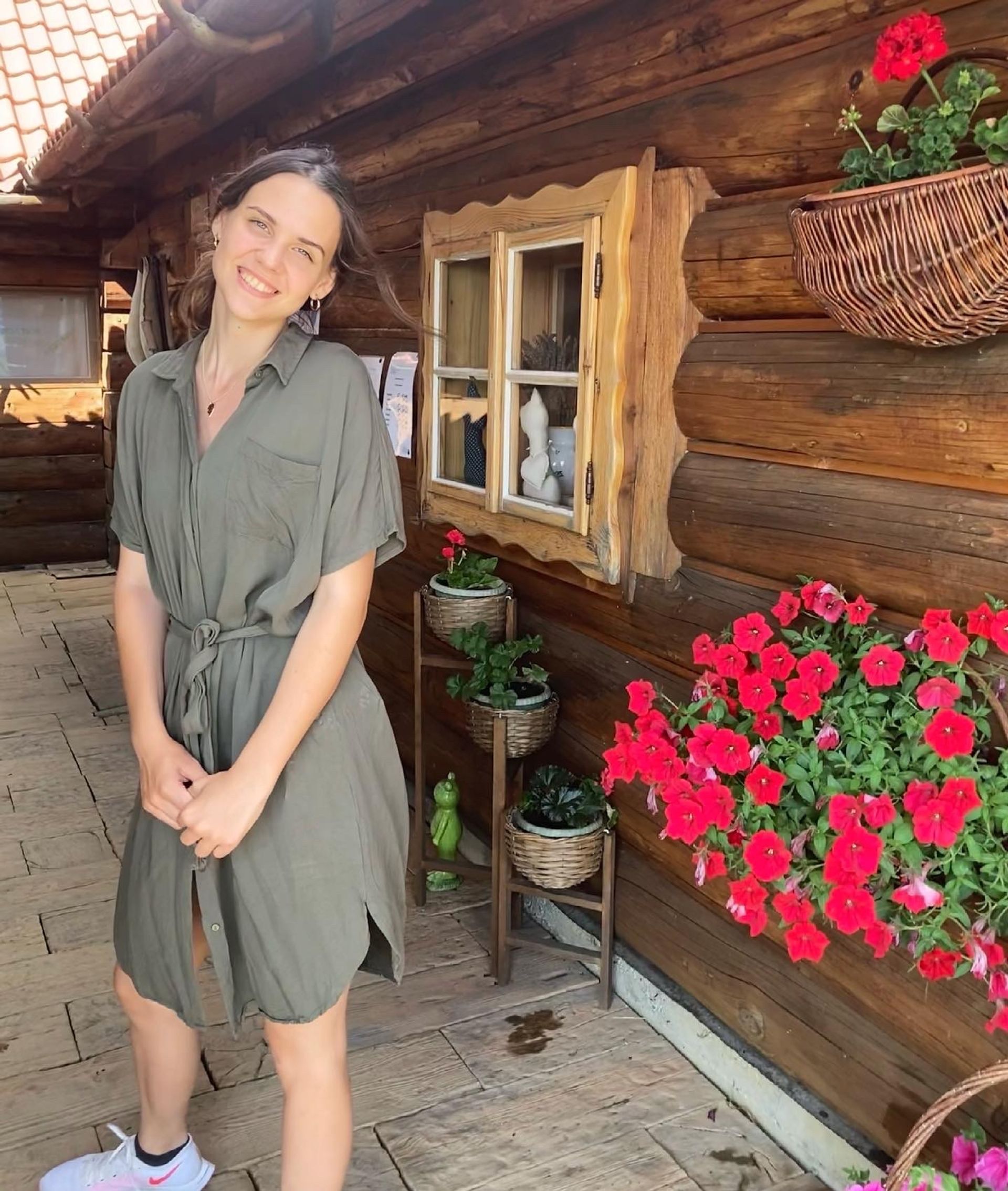
Written by Gimmy
23 Nov 2014
When talking to new comers, 60% of the time they complain about the high price of goods, other 50% of the time they nag about the weather. (there is a 10% overlap). There’s a good ol’ Norwegian proverb: “there is no bad weather, just bad clothing”.
I’m from Canada and the Swedish winter is a piece of cake. Today, I will show you how to stay warm and prove it through engineering analysis. (I should publish a paper on this).
We will do so by examining external variables. Namely, where do you lose most heat and what kind of “cold” weather you are dealing with. Subsequently, we will understand the principle behind insulation.
**Warning: you would spend 95% of your day indoor with air heater on full. If you overdress, you will be sweaty. Thus, good engineering judgement should be utilized.
%% 1. Where do you lose heat?
Here in Figure 1, we have an infrared image of the human body. The red regions are the hottest parts of the human body, and that is where you have the highest rate of heat losses. So wrap those places up!
Please be aware of your fingertips and toes. Since blood circulation is reduced in those parts, frostbites are particularly dangerous. So wear mittens or add a second layer of wool socks in EXTREME scenario.


%% 2. What is insulation?
Let’s talk Heat Transfer.
Definition: Insulation is the measure of thermal resistance a material has to counter heat flow. Higher the Resistance value (R) the warmer you will be.
It is interesting to note, by adding thickness of insulation does not guarantee increase in heat loss resistance. Contrary, it is possible to decrease insulation due to increase in heat transfer surface area. So don’t buy an expensive jacket because it looks “warm”.
Slim-fit jeans are well fitted by the Swedes, for fashion and science. Yes, skinny jeans keep you warmer. This reasoning can be confirmed by comparing the “jeans and leg model” to an insulated thermos bottle. Having a tight layer of air around the bottle keeps the beverage warm for longer, similarly the airtight jeans sandwich a thin layer of air, resulting in warmer legs. A more realistic model is the jeans are close to the human body, imperfect contact creates contact resistance. Such resistance takes convective, conduction and radiation heat transfer in parallel, resulting in larger thermal resistance. See Figure 3.

%% 3. Understand what kind of cold you are dealing with?
COLD = f(temperature, air humidity, wind chill) … Equation 1
First, the temperature is “a comparative objective measure of hot and cold. It is measured, typically by a thermometer” (Source: Wikipedia). If it is 0~5˙C, that’s a bit chilly; -5~-10˙C is cold; -10~-15˙C is very cold; beyond -15˙C you need another course on winter safety precaution. Don’t be fooled by the thermometer readings, as they are not true representation of the weather condition. As shown by Equation 1, coldness is a function of temperature, air humidity and wind chill. So, read on.
They say there are 1000 Inuit words for “snow” I say there are two words for cold. – “damp” and “dry”. If “damp cold” is what you are dealing with (ie. you are moving to the coast or near a lake), then subtract 5~7˙C from the thermometer reading. Humidity has a higher thermal capacity. Therefore it holds the heat in air better, creating a false illusion of “warmth”. However, your body has to input energy in order to evaporate the moisture out of your cloth, which in turn cools your body.

If you are living in humid winter regions, it is recommended to wear highly breathable and water repellent material clothing. Good examples are GoreTex or similar materials. (GoretTex is an advanced membrane material that repels water from exterior, refracting heat back to the body, all while expelling humidity inside the jacket. It is worth the investment!) See Figure 4.
If you live in dry-cold winter region (ie. in-land), then your focus is on insulation (in-depth discussion in sec. 2). Layer up! See Figure 5 for advise on lower body insulation.


%% 4. Conclusion & Recommendation
This document offers some basic insights to battling Swedish winter. It might not be 100% scientific.
I am actually waiting for my laundry to finish.
Agh! Swedish communal laundries…





